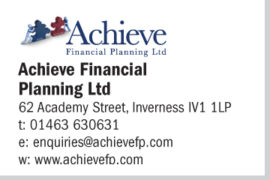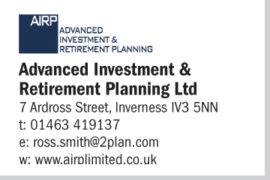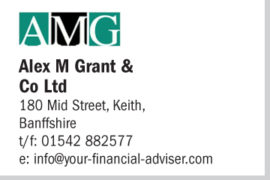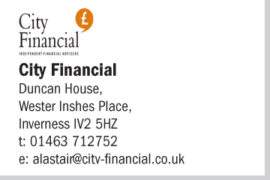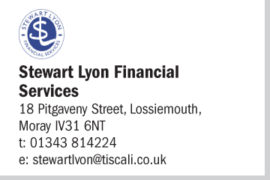Time to take stock after the recent market volatility.
Pensions have come a long way in the last 20 years. Innovative products like stakeholder pensions have reduced costs, auto-enrolment has increased accessibility, and self-invested personal pensions (SIPPs) have boosted investment choice.
These advances have been tempered by regular tinkering with pension rules by various
governments, sometimes making them more generous, other times making them the
opposite.
Your current pension plans
There are many types of pension plans and while they may share the same principle of building up a pot for retirement, they do this in different ways.
Many people have several pension plans, usually from previous employment, a review, will look at how they can complement each other, or be consolidated, to help you find the best package.
State pension provision, currently providing up to £175.20 a week for people who qualify. One of the main points to consider in your review here is that the state pension age has been gradually rising.
Eventually, both men and women will have to wait until they are 68 before they can access their state pension if they qualify, and it is expected this will rise to an even higher age in the future.
Defined-benefit schemes are increasingly rare workplace pensions, offering valuable
guarantees based on your level of earnings at retirement, rather than what you directly put in. They are often best left where they are.
Other work-based pensions are largely based on defined contributions you and your employer make, and the investment performance of the money tucked away. They include the autoenrolment provision introduced in 2012.
A SIPP is a more modern private pension arrangement which provides more freedom
in your investment choice than pension plansof the 1980s and ‘90s. Retirement provision is based on how much you put in and how the investments perform.
Personal and stakeholder pensions are more limited private pensions, which are based on investment performance and contribution levels. They usually offer less flexibility than SIPPs.
With such a medley of schemes, it is important to understand how your current provision is made up and how well it works.
Taking the time to do this in a review gives you the chance to make changes where appropriate to optimise it all for the future.
Are your current contribution levels sufficient to provide the retirement income you want?
Are you making the most of the tax reliefs available to you?
Where are you invested?
Investment choice is another factor that needs regular review. It is not an issue for defined benefit schemes or the state pension, but it needs consideration for all other types of pension.
It might be appropriate to consider higher-risk investments – such as share-based investments – when you are a long way from retirement. This is because shares are where the greater gains tend to be made (at the expense of short-term
volatility).
That said, the relationship between risk and rewards should always be understood, and
informed decisions made – whether that be by you or your adviser. Diversification is always important to consider.
As you get closer to retirement, it becomes more important to protect what you have in
your pension pot and introduce more liquidity, rather than chase further gains.
How do you intend to access your pension fund in retirement?
For instance, if you were going to take 25% tax free cash and buy an annuity, your investment allocation would look quite different from another person who was going to keep their pension invested and drawdown an income.
Regular reviews are essential to ensure your pension investments are allocated correctly
for your circumstances, especially as those circumstances change.
Seek professional advice from your local Independent Financial Adviser.
Click to visit their website:
Important information
The way in which tax charges (or tax relief, as appropriate) are applied depends on individual circumstances and may be subject to change in the future. Pensions eligibility depends on individual circumstances and pension benefits cannot normally
be taken before age 55.
This article is solely for information purposes and nothing in it is intended to constitute advice or a recommendation. You should not make any pension decisions based on its content.
While considerable care has been taken to ensure the information in this document is accurate and up-to-date, no warranty is given as to the accuracy or completeness of any information.
Next month’s topic is on Pre-Retirement


